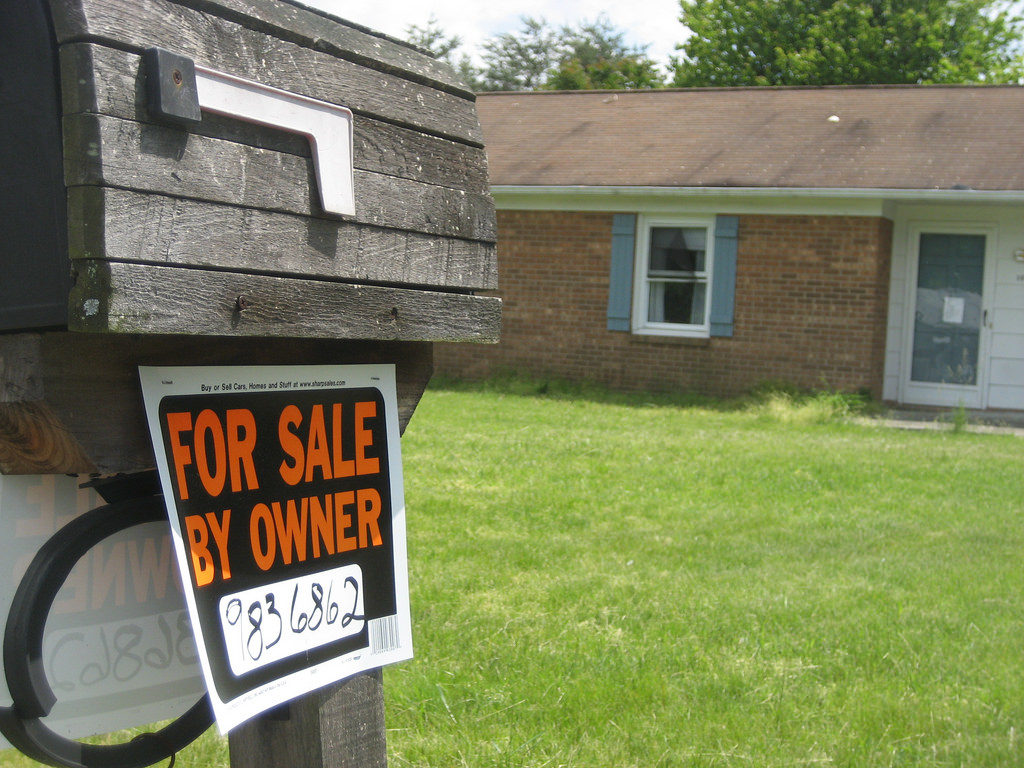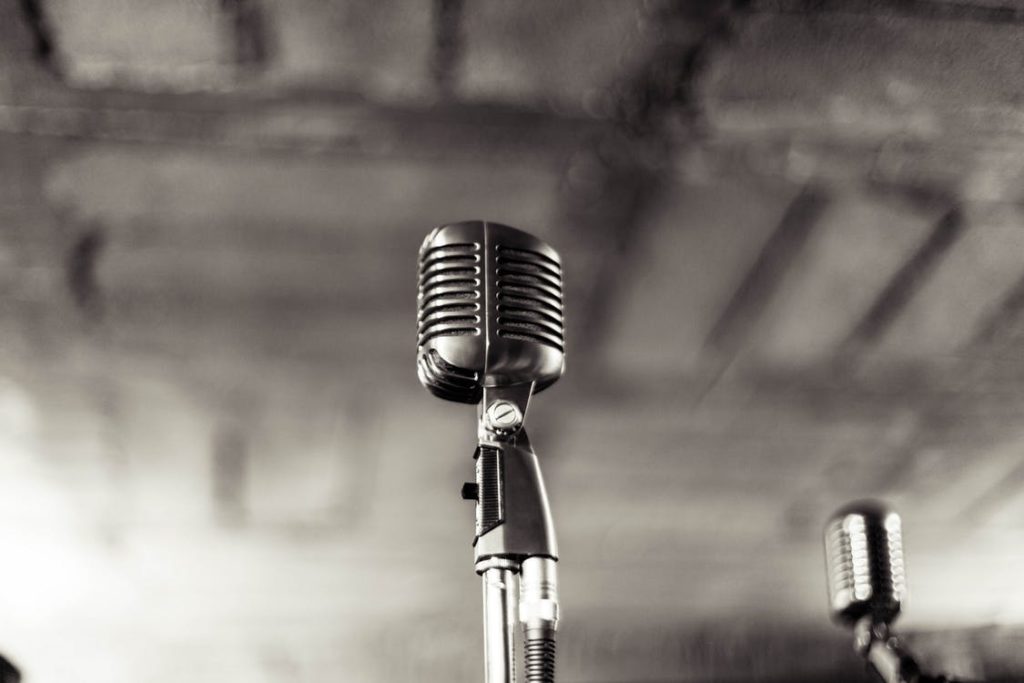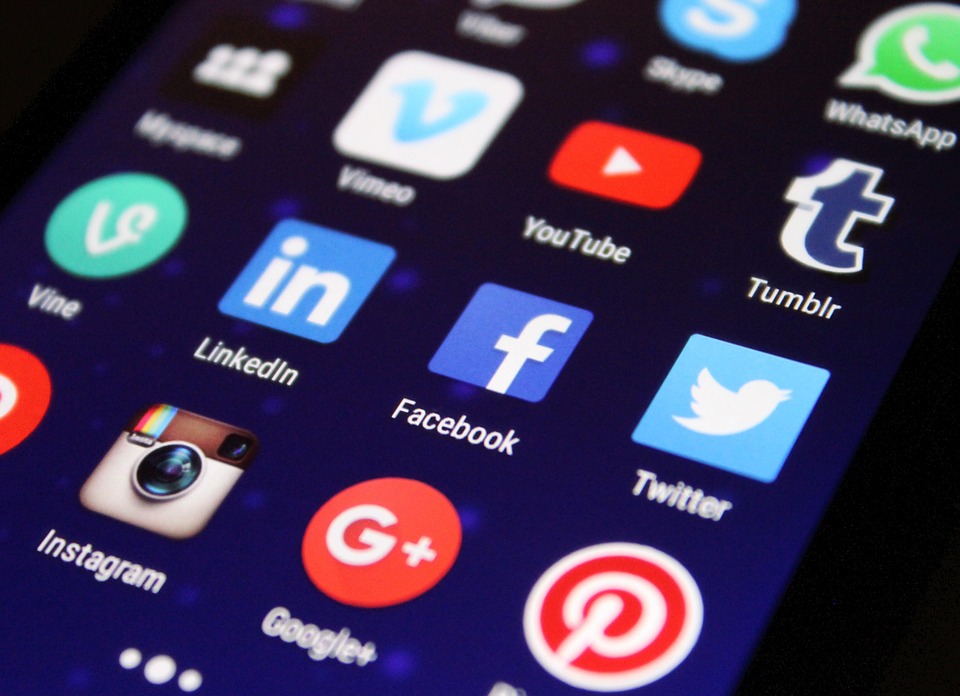A podcast is described as a digital audio recordings or program like a TV or radio show. The difference is it’s accessible on the internet after downloading it. Its format resembles that of the radio program in structure, format, and content. Created podcasts post new content often. The difference between podcasts, TV, and radio programs is that in a podcast, one decides when to listen to it. Radio and TV programs run certain shows at particular times. When making a podcast, you decide on its length since you are in control. You can read more on personal podcast creation at custom term paper to get detailed information.
The Different Kinds of podcasts
We have various formats that one can consider while making a podcast.
Interview: The host introduces other guests. It is a panel debate or discussion the same as a round table discussion in which the host leads the conversation. The host gives the direction for other panelists to follow. He/she may decide to ask questions that direct the discussion.
Monologue: It’s built around an individual or one personality that a single voice or point of view to the show. It takes a commentary style. There is only one individual that talking in it. It can be a solo type or style of a podcast.
Multiple-hosts: This type is between several people where two or more hosts lead the show.
Narrative: It’s different from the other three podcasts. It focuses on the mode of message delivery. It’s more of a storytelling podcast. The message conveyed doesn’t change. It’s a linear quality and stick on one topic to the end.
Mixed: It’s a hybrid version that combines various features of the other types of podcasts. It can use information from other platforms or mediums like the radio.
How to identify a podcast
Many online recorded audios resemble podcasts, but in the real sense, they are not. Take a look at the following concepts:
Podcast: It’s a digital file, which focuses on audio content and one can easily access via the internet. The download can be on a given website or cloud.
Video podcast: Also referred to as the vidcast. It looks the same as a podcast, but it has a visual element that can be a real video or slide images slide showed.
Webcast: A podcast portrays an audio clip alone. A webcast generally includes live sections.
Vlog: A video-cast use a blog format style but relays the information or content in a video type.
Podcast equipment needed
Advancement in hardware and software technology has eased podcast development. Your financial strength is a great factor in deciding the quality and type of equipment you buy.
Audio hardware
- A)Microphones
It’s a vital tool since it reproduces the voice you will make on the show. Dynamic microphones don’t pick up lots of ambient noise as compared to condenser mics. Condenser mics are more sensitive with an output that is higher. They are great addition for studios and field use too.
The USB mic is cheap and a wonderful choice. XLR mics carry analog signals, offer a wider variety of models to choose from. They require an audio interface for successful connection to the computer
Apogee HypeMic gives very remarkable results. The Blue Snowball Ice has outstanding audio quality.
- B)Headphones
High quality and more comfortable to use for quite a long time are best. Choose those that cover ears. They prevent audio from leaking. Wireless headphones are good on mobile devices.
Computers
They give the ability to record, edit, and produce your podcast. Audio interface and mixing boards are essential on your computer. They convert the analog audio signal from an XLR mic into digital signals. Experts can buy DAW and Adobe Audition, but if you are new, you can download audacity and GarageBand.
Tips for creating successful podcasts
Creating a podcast is tedious and time-consuming. Here are tips to get you focused:
Try as much as possible to focus and narrow on a particular topic. Have a picture of your target audience in your minds as you write and produce your podcast. Your podcasts should be recurrent to create consistency. Plan your workflow to have main themes for different shows to bring fruition. Music segments are good in podcasts but don’t infringe on copyrights. Promote your podcast on your hosting service.





